Not all adhesives work similarly for each job. Many newbies make the mistake of using the wrong product to glue masonry. It is not that they ruin their construction projects, but they do not achieve the optimal results than if they used the right adhesive. That is why before you ask yourself “Can I use caulk instead of grout for this?” You should know what each compound is used for.
Although both were born with the purpose of gluing in the constructions, the results are different. Let’s see in this grout vs caulk comparison what they offer us, and how to make the most of each one when decorating.
Can I use caulk instead of grout? Let’s find out
Caulk – The flexible option
The caulk is a flexible sealant thanks to its composition based on polymers. These are also the cause of it being resistant to water since when dried it adopts the qualities of plastic. As it is a material that maintains some flexibility even after drying, it will adapt to every crack that is found, which makes it the ideal sealant for homes prone to move (either by earthquakes or poorly compacted soil).
It is primarily used as a sealant in moisture-prone spaces, such as floors, walls, faucets, windows, and virtually any building material.
When it comes to aesthetics, the caulk is very attractive in finishes, creating curves with the compound in the corners.
The caulk can be found on the market in tubes to be applied immediately or failing that, as a refill for a caulk gun.
Grout – The traditional mix
The grout is a masonry paste formed by cement, water, and sand. As a result, when dry, a hard seal is obtained, like concrete, which has limited flexibility, making it vulnerable to breakage.
However, the grout is hard and firm, which allows it to keep the masonry pieces in place. It is as if a concrete mold grabs the pottery.
Like cement, grout comes in powder to be mixed with water. After applying, it needs some time to dry and remain firm. The drying time and the durability of the material will depend on the type of grout we use since we can find it with epoxy, urethane, and acrylic.
Cases to use caulk
As a corner finish, the caulk is excellent. Also, when the acrylic dries, it becomes impermeable, preventing the water from straining. Because of this, it can be used to seal around pipes, drains or furniture that use water, such as showers, sinks, among others.
The caulk is also ideal to withstand the weather, sealing doors and windows perfectly. In the face of stronger air currents, the caulk allows window frames to move without separating, preventing damage to the structure.
The caulk does not require prior preparation, so it will always be available when we need to paste something. It doesn’t matter if the presentation is in disposable tubes or refills for a caulk gun, we just need to apply it and wait for it to dry.
Can I use caulk instead of grout in wet areas? Although both can be used as an adhesive, the caulk is more versatile when gluing, since it works with many materials. The big problem is that the caulk is prone to mold development; this due to its plastic nature and its use as a moisture sealant, so it is not advisable to use in areas that we hope will be very durable.
Caulk is recommended as a quick solution for repairs or to fix decorations (carpets, wooden frames, etc.), but we should not use it as a replacement for other more resistant adhesives in the application of complete floors.
Among other repairs, there is that of holes and cracks, because the material will be molded to their shapes. Before starting to paint walls, it is advisable to apply a caulk layer to remove imperfections.
Moreover, if you live in an area where insects do not stop getting into the structure of your home, you can use a little of this sealant to prevent them from approaching.
Cases to use grout
The grout is a more traditional choice as an adhesive in construction. Although its use is limited to filling spaces between the tiles, this not only fulfills an aesthetic function but also seals the area that would otherwise accumulate all kinds of dirt and moisture, as well as leaving those free spaces creates vulnerable areas where masonry can be broken.
Although the tiles have adhered to the floor or walls with cement or paste, these will not be firm without a grout layer on the sides. The material is applied with a trowel, removing excesses as long as it does not dry so that it is molded into the holes.
Like the caulk, we can get different types of grout, which can be adjusted to our budget and needs.
The most common is cement-based. In case the joints we need to fill are smaller than ⅛, we must use unsanded grout since it does not need the extra resistance. When the openings are larger, you need to combine sand in the mix.
At present, the cement-based grout has been gradually replaced with an epoxy-based grout. This kind of “silicone grout” is much more durable and resistant than that of cement, besides it does not stain so easily, nor does it develop mold throughout its useful life.
It is also slightly more flexible than cement grout, which allows it to withstand slight structural movements.
In any case, it is important to read the grout instructions to know if we are using the right one since the additives they contain can change its effectiveness depending on the material where we are going to apply it.
Additional data
The more we know about the products we are going to buy, the better our criteria will be to determine if we need grout or caulk.
- When it comes to customization, the grout far exceeds the caulk because it can be colored, creating unique patterns between the tiles.
- The difficulty of application and the necessary tools between the grout and the caulk are also very different. While the caulk can be applied immediately and without technical knowledge, since it is prepared, the grout requires a pre-mix and a trowel to spread it between the tiles.
- The same thing happens when removing materials to be replaced. The caulk is easily replaceable; this does not adhere aggressively, so it will not break the surface where it was. The grout requires more care to be removed, or else we could damage our tiles.
- The caulk dries almost immediately after being applied. The grout, on the other hand, needs up to 24 hours to dry, and then it is recommended to apply another sealing layer on the surface.
Can I use caulk Instead of Grout? – The answer
It all depends on the situation, but in general, it is not advisable to use caulk to do the grout’s work or vice versa.
Choosing the right sealant is especially important for high humidity areas. A bathroom requires a certain level of protection against water.
Remember the advantages that each material has, and based on them, it will be easier to know which one you should use on each occasion.
The caulk can adhere to flat surfaces, is flexible, dries quickly and can be used to glue two different materials (such as wood with plastic). As it creates a kind of mass, we can join pieces at different angles without fear of separation.
The caulk is similar to silicone, being the ideal sealant for faucets, sanitary pieces, and small scale projects. The best thing is that we don’t need a professional to do this job.
The grout must be used for larger projects, such as the installation of floors or walls. This does not work in angles since it is not an adhesive, but a mold that is secured to the cracks between the frieze and the tiles.
It cannot be used on smooth surfaces or it will not adhere. That is why it is usually applied between the joints of the tiles.
The grout, in its sanded version, can perfectly fill the largest cracks firmly. When dried, this will create a rigid protective layer so that the masonry is not damaged.
In short, use the caulk for small projects (furniture, handicrafts, repair small cracks, etc.), while the grout should be the constant choice of large constructions (complete rooms, floors, walls).
If you enjoyed reading this article about whether you can use caulk instead of grout, you should read these as well:
- How to build a fallout shelter in your basement? Guide for a safe room
- How much does foam insulation cost? (Answered)
- Decorating ideas for a kitchen with breakfast bar
The post Can I use caulk instead of grout? A grout vs caulk comparison appeared first on Impressive Interior Design.
source https://www.impressiveinteriordesign.com/can-i-use-caulk-instead-of-grout/
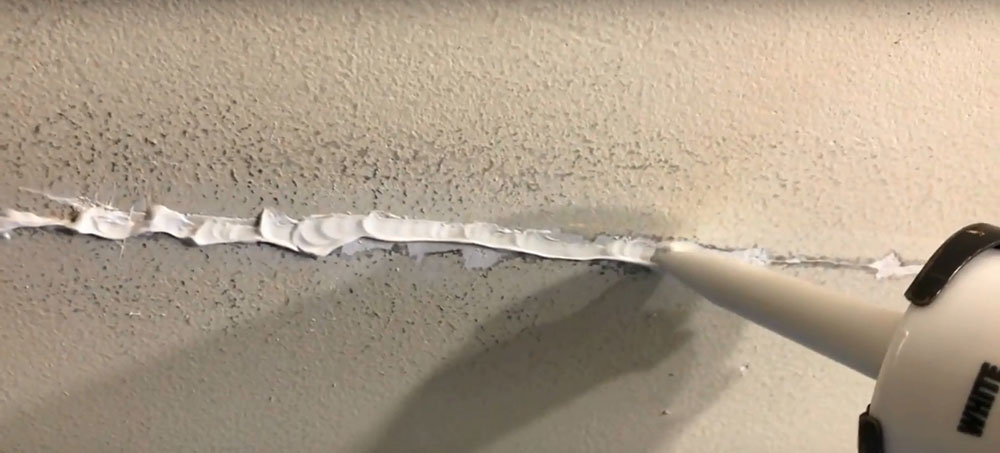
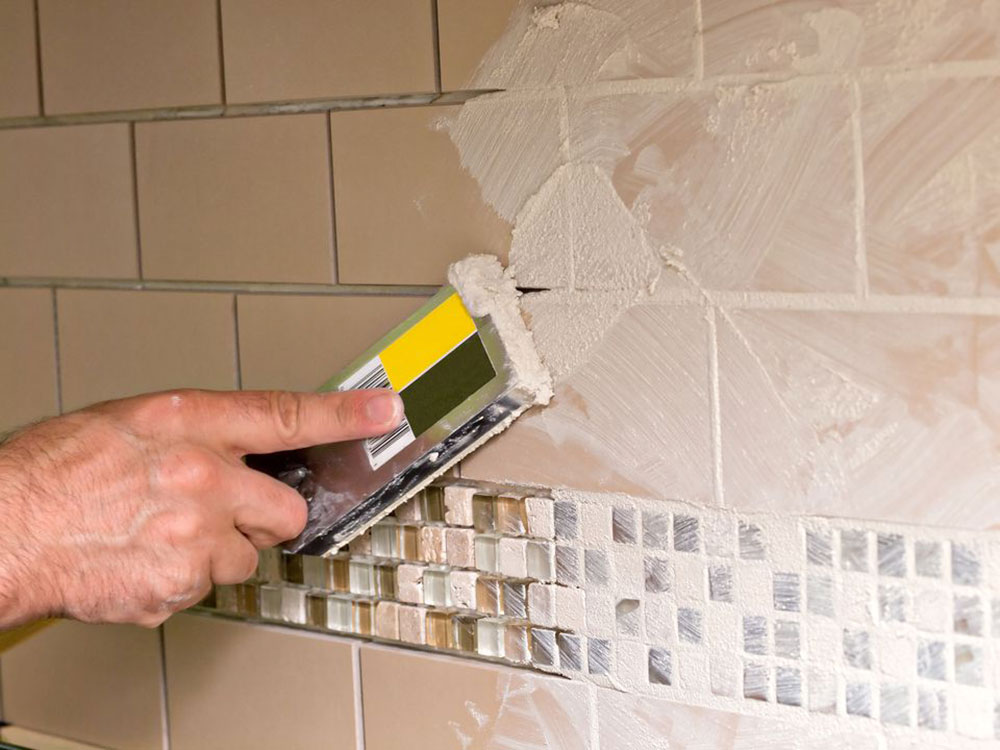
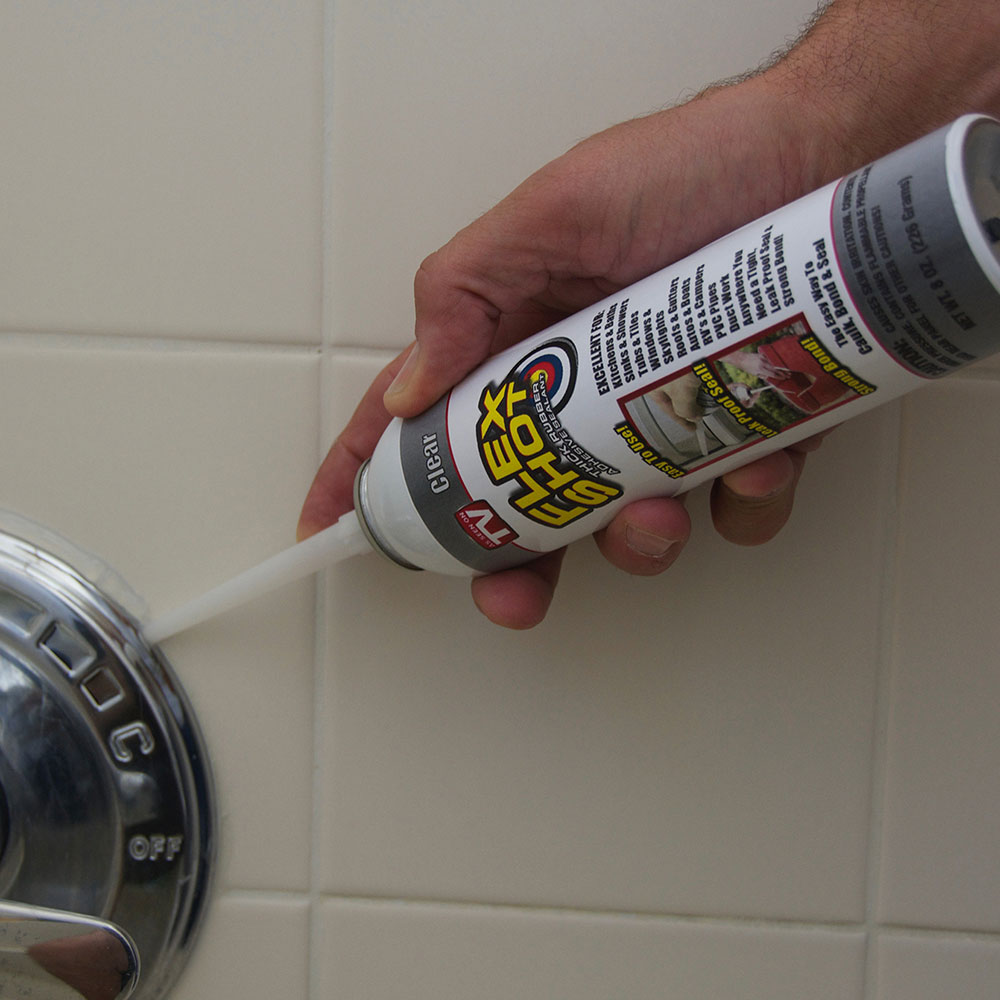
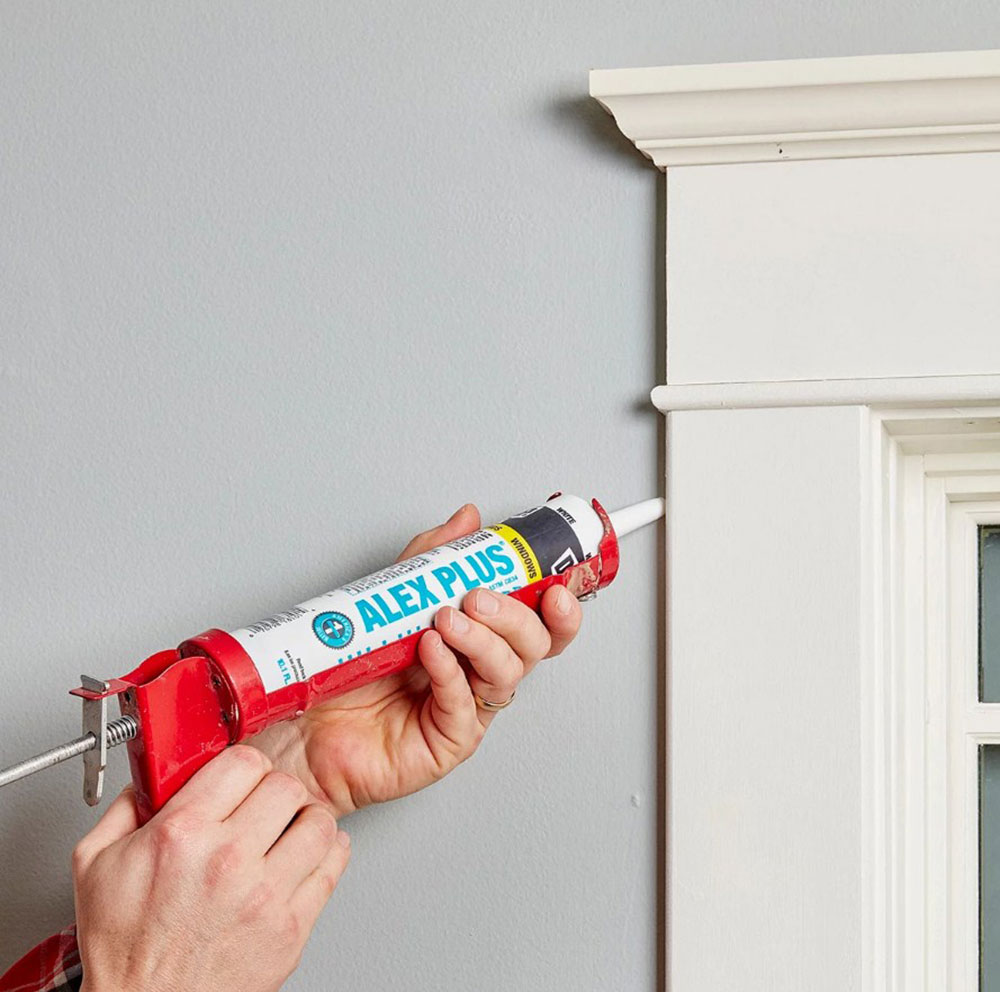
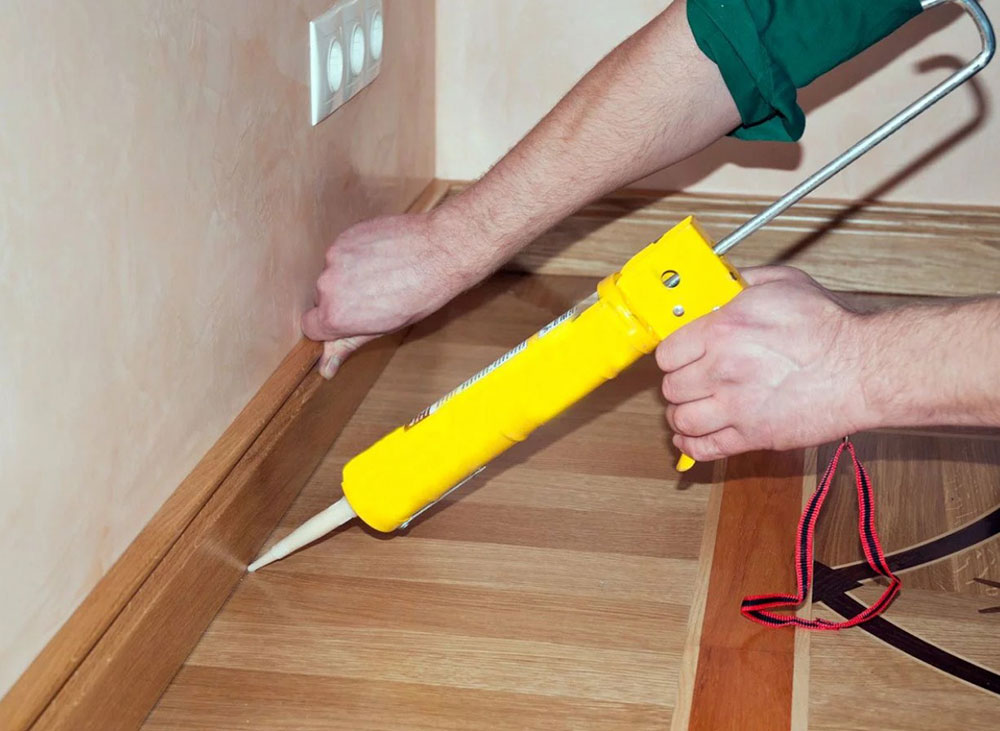
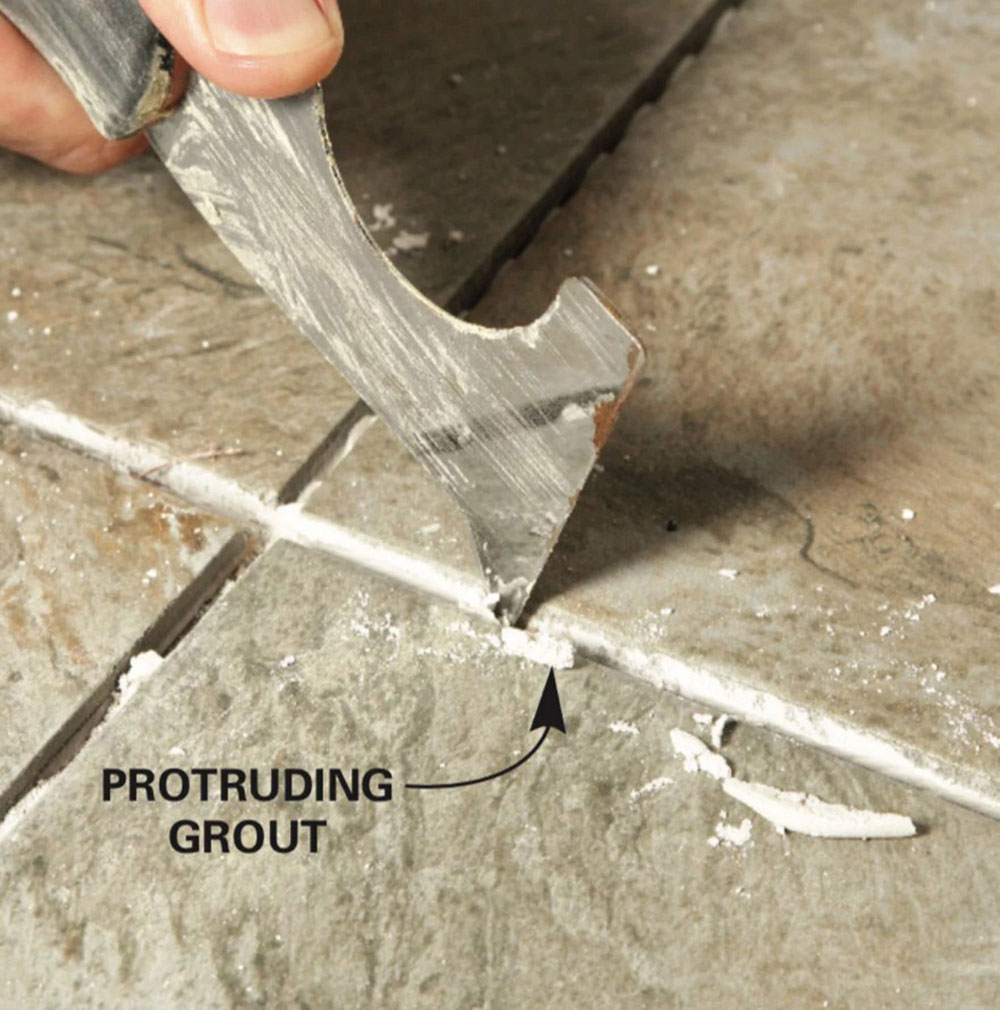
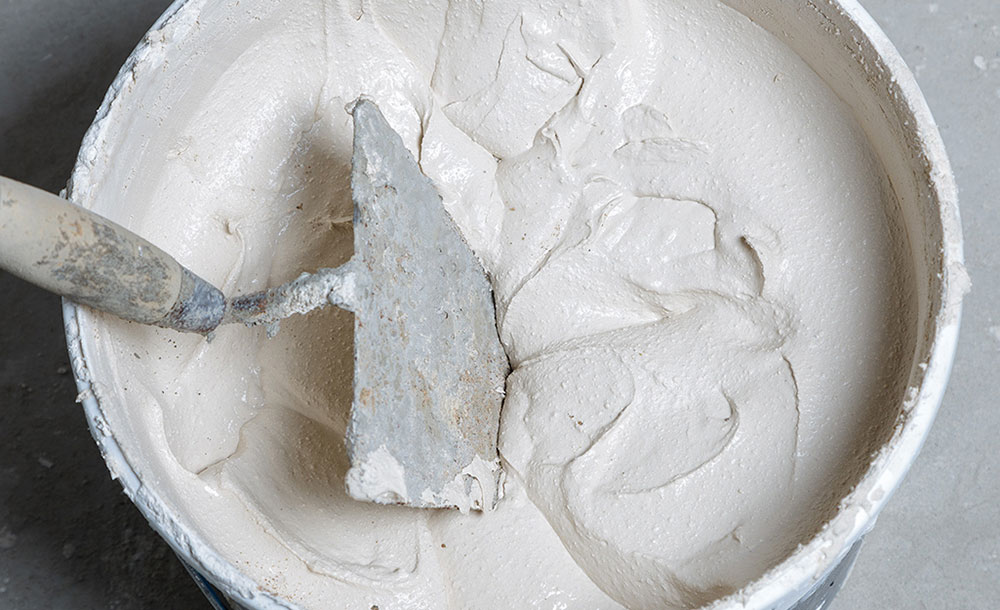
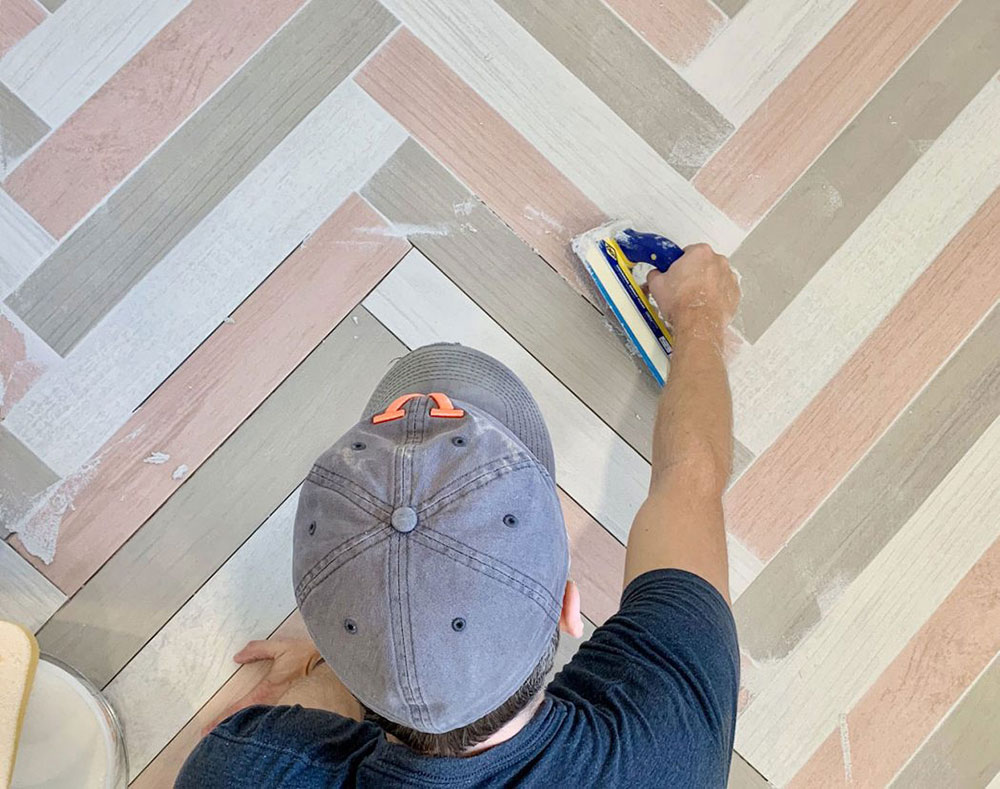
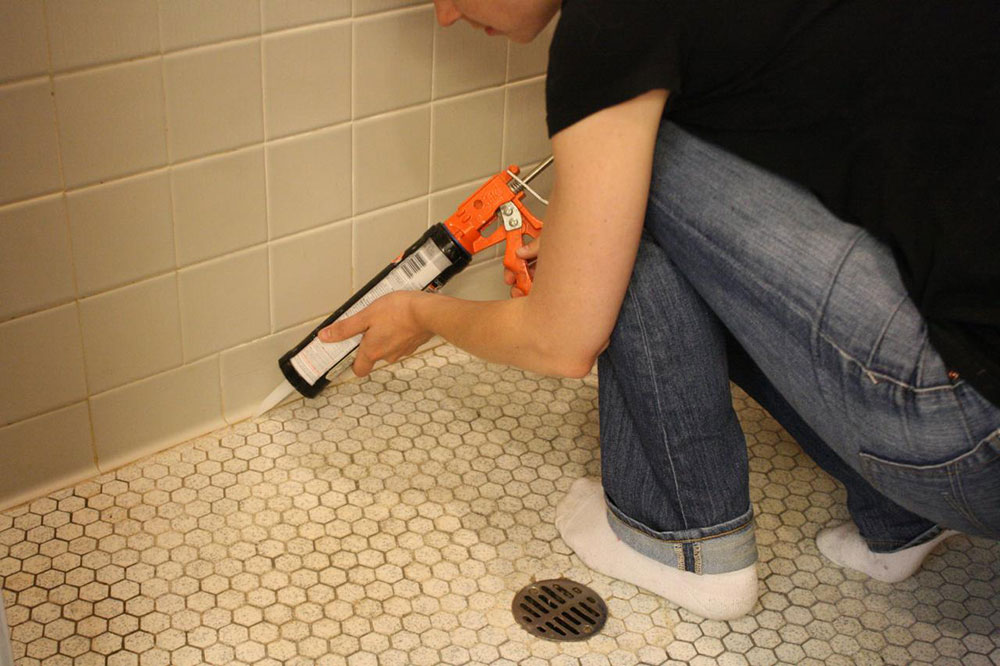
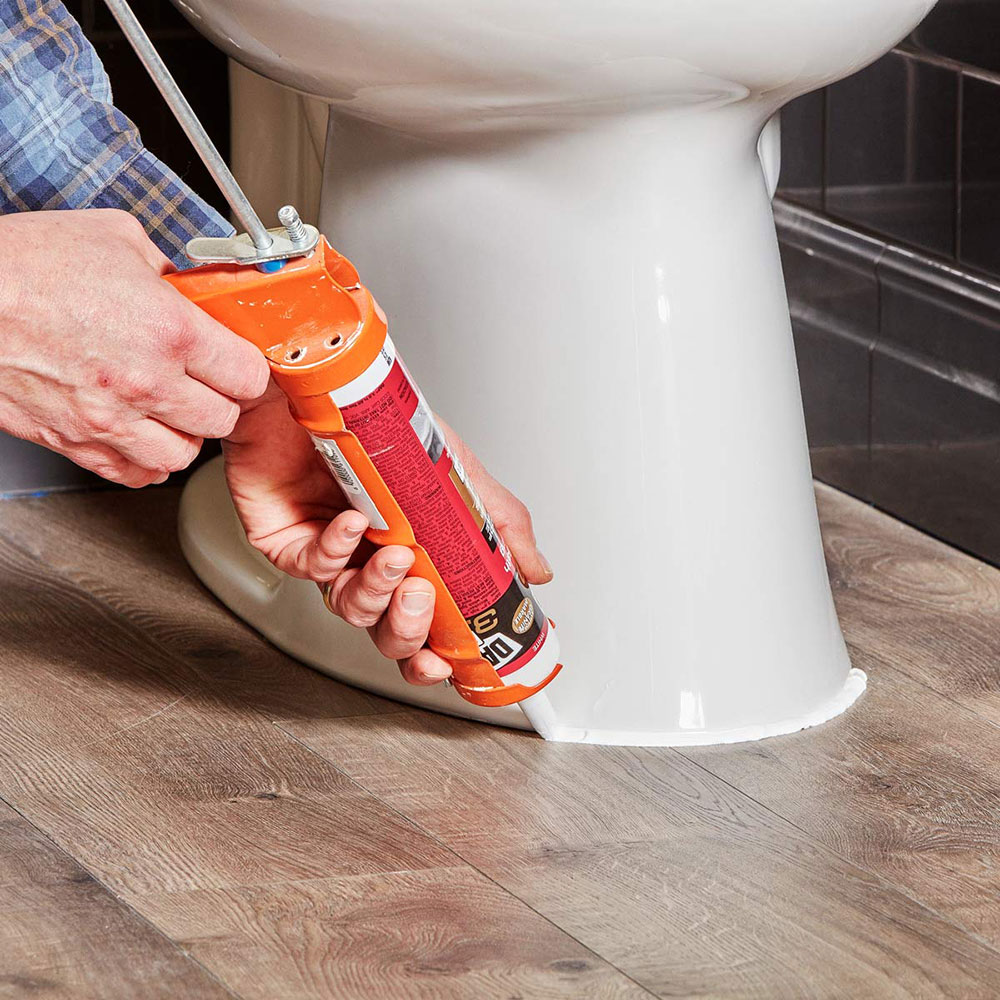
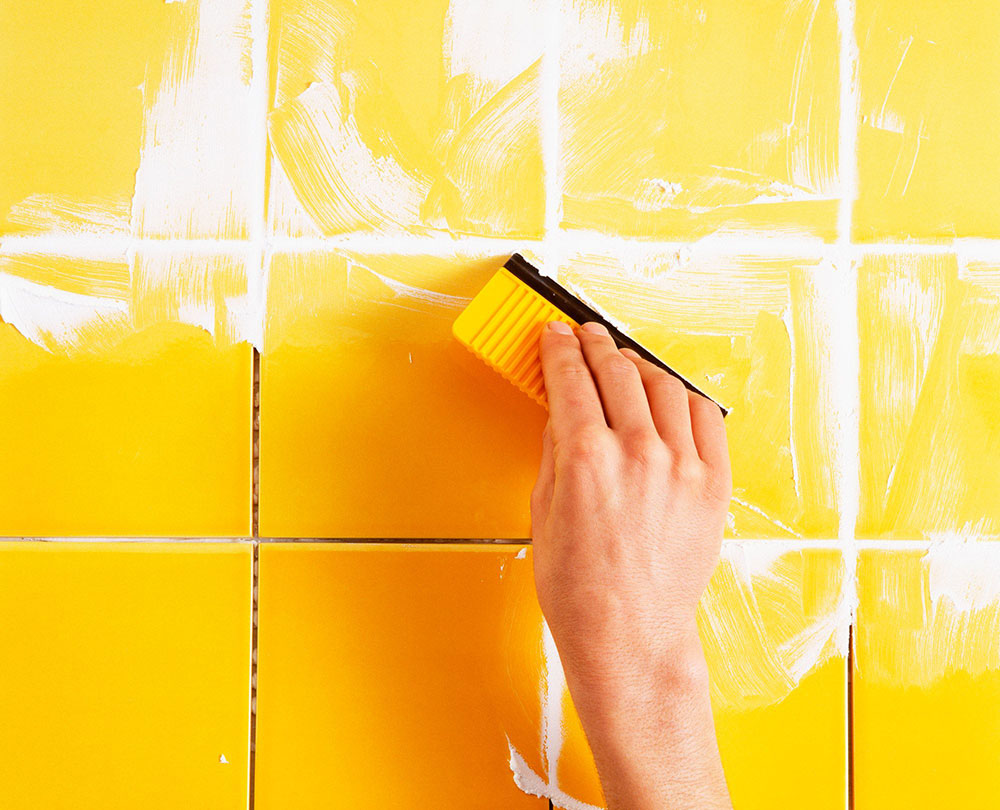
No comments:
Post a Comment